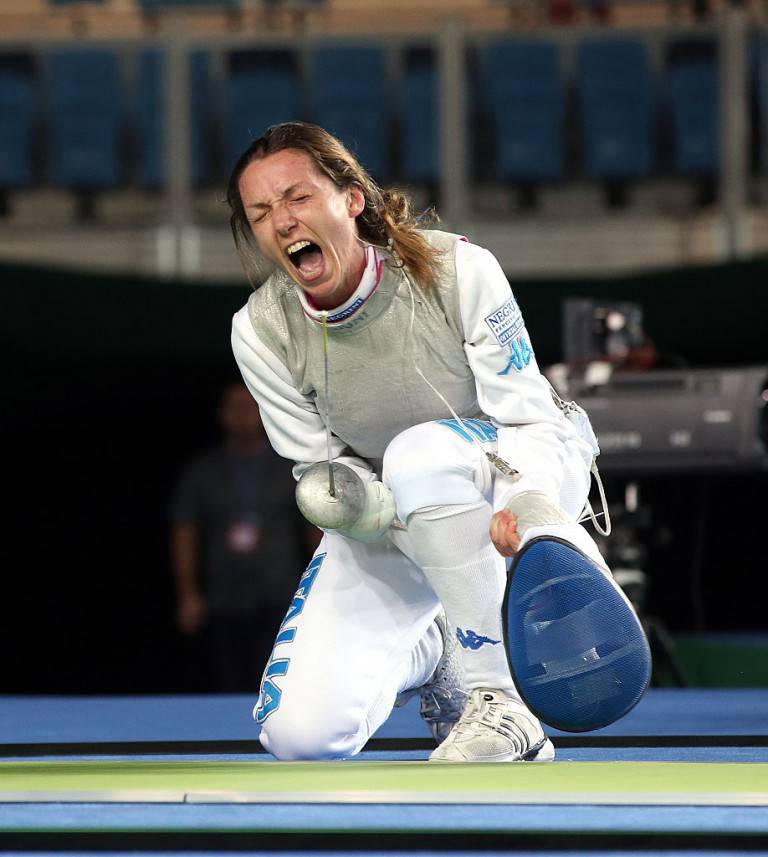×




The History of Fencing

Ancient Origins
Evidence of fencing dates back to ancient Egypt, around 1200 BCE. Swordsmanship was a vital skill in many ancient civilizations.
- Egyptian hieroglyphs depict sword fights
- Ancient Greek Olympic events included sword combat
- Roman gladiators developed sophisticated fighting techniques

Medieval Period
During the Middle Ages, sword fighting was essential for knights and nobility, with specialized schools and training methods.
- Development of formal fighting schools
- Creation of the first fencing manuals
- Evolution of different sword types

Renaissance
The Renaissance saw fencing evolve into an art form, with the development of the rapier and sophisticated techniques.
- Introduction of the rapier
- Development of scientific fencing principles
- Establishment of fencing academies

Modern Era
Fencing became a core Olympic sport in 1896, evolving into the sophisticated sport we know today.
- Introduction of electrical scoring
- Development of modern weapons
- Establishment of international rules





